Angaité language documentation
My project on Angaité focused on documenting vocabulary and developing a qualitative analysis of the consonant inventory in collaboration with native speakers.
In 2019, I spent the summer in Paraguay studying Paraguayan Guaraní and conducting pilot fieldwork in the community of La Patria, where the Angaité [aqt] language is spoken. My study of Guaraní was funded by a Foreign Languages and Area Studies scholarship, through the UT Austin LLILAS Benson Latin American Studies and Collections. I studied in Asunción for six weeks at the Idiomas en Paraguay Institute, where courses met for six hours each weekday.
Angaité is a very endangered language; it has perhaps 500 remaining speakers, most of whom are elderly, and children no longer learn the language.
The main community in which Angaité is now spoken is called La Patria, a collection of small villages in the Paraguayan Chaco, southeast of Filadelfia (the largest city in Western Paraguay) and about 80 km off the Ruta Transchaco.
I remained in La Patria for just under a month.
Most of my work was conducted in collaboration with two Angaité speakers who met with me for several hours each day working to translate Angaité vocabulary.
I also recorded numerous short narratives from speakers in a variety of different villages within La Patria, some of which have preliminary transcriptions thanks to the assistance of another Angaité speaker.
These files are all archived and availalbe in
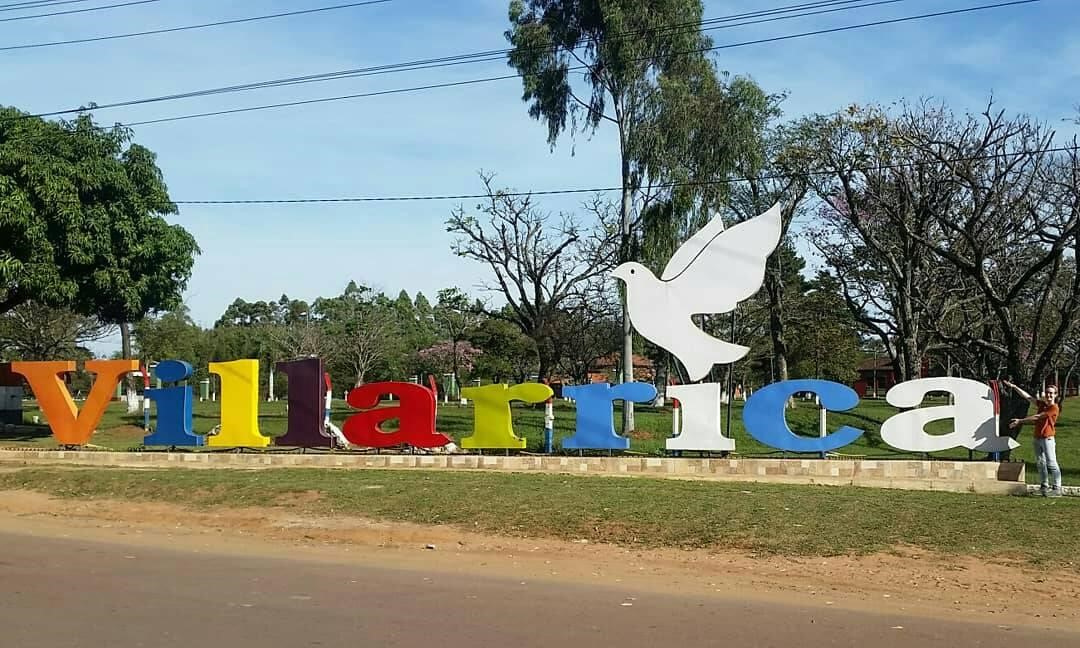

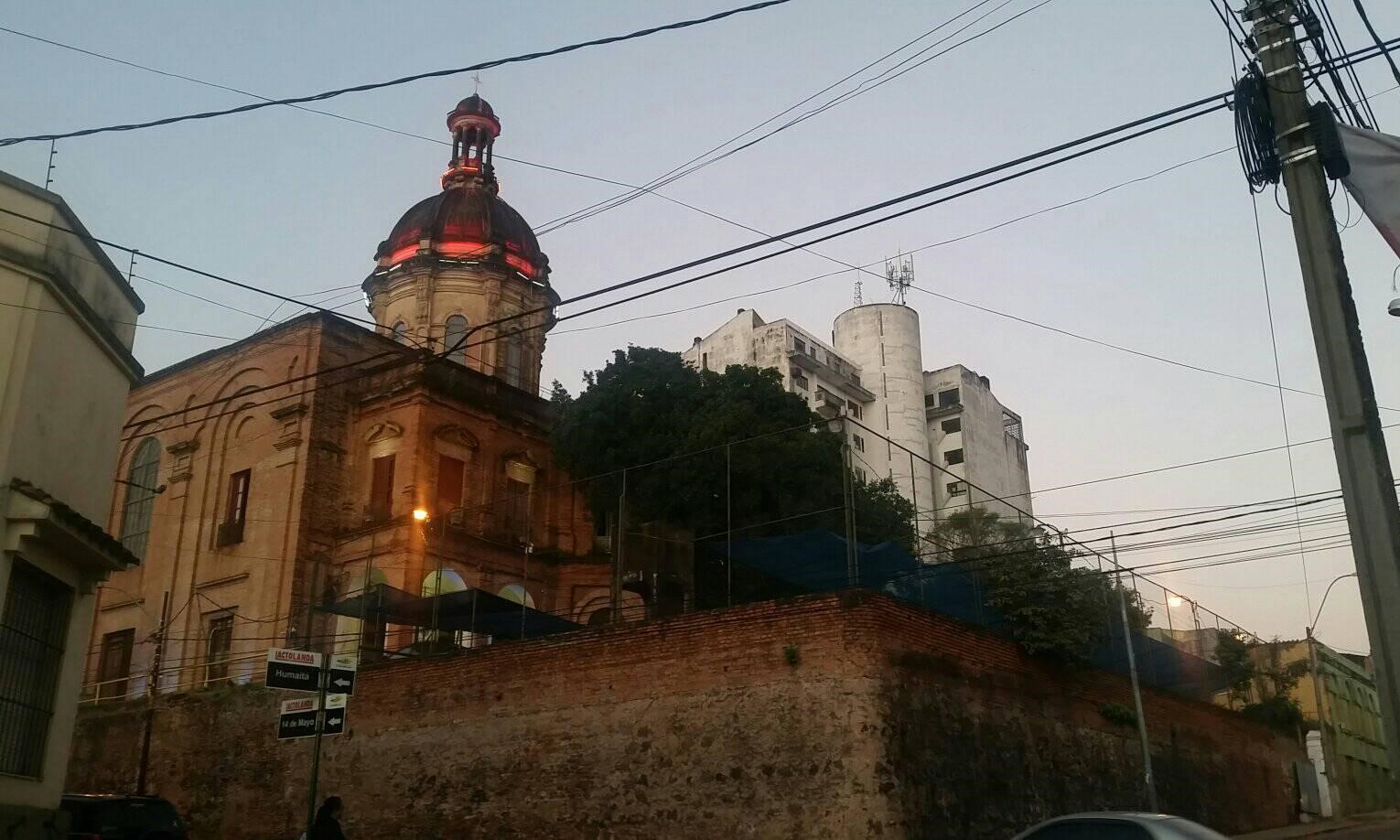

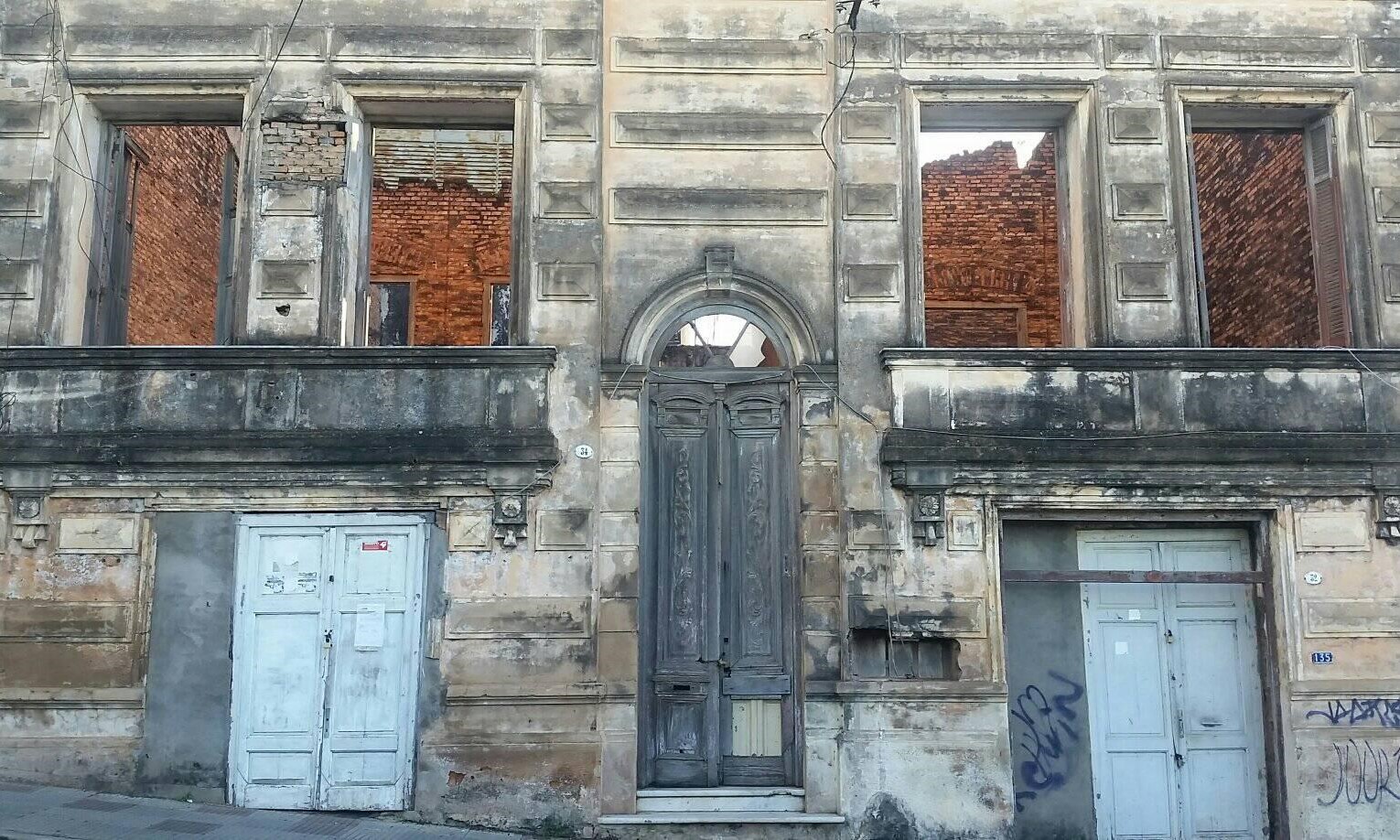
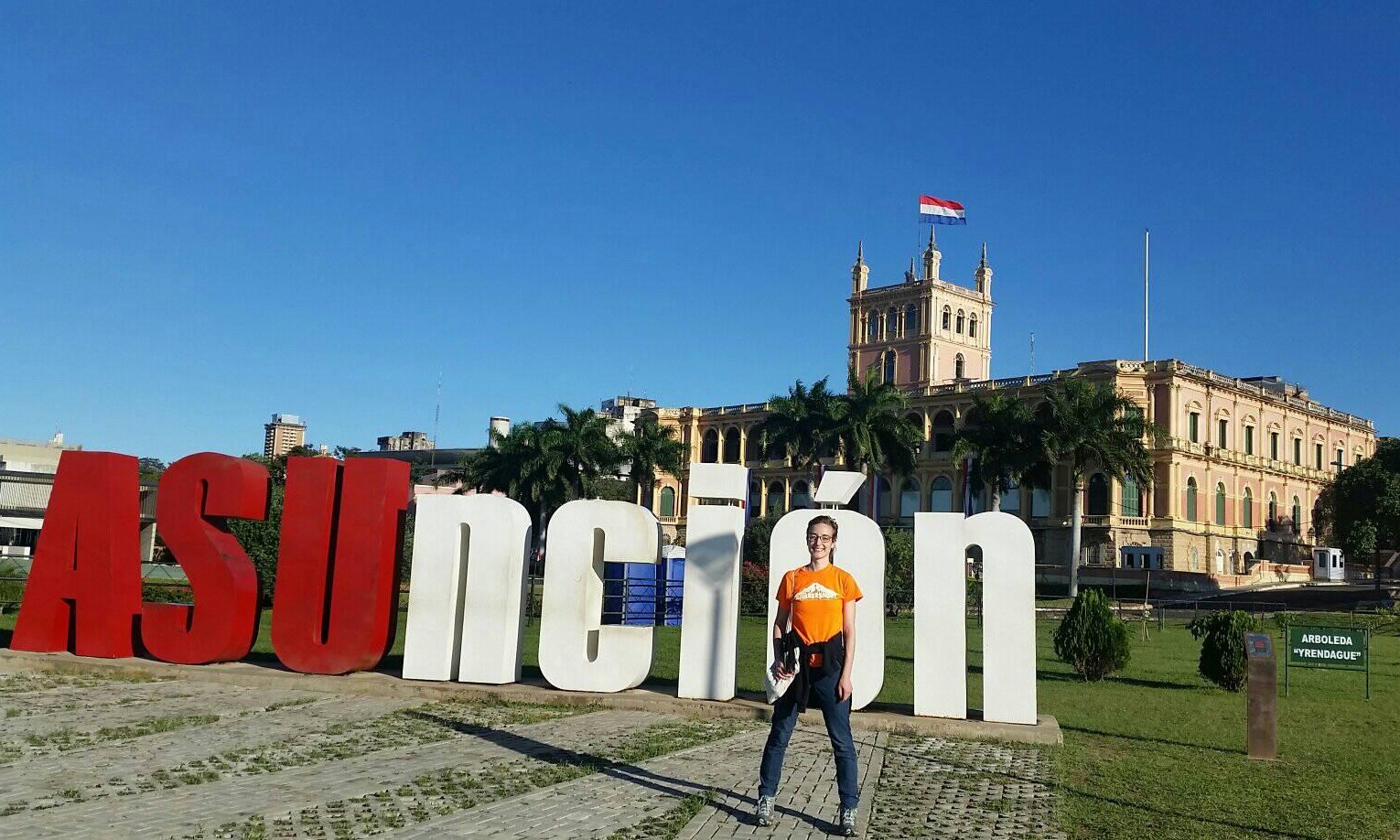
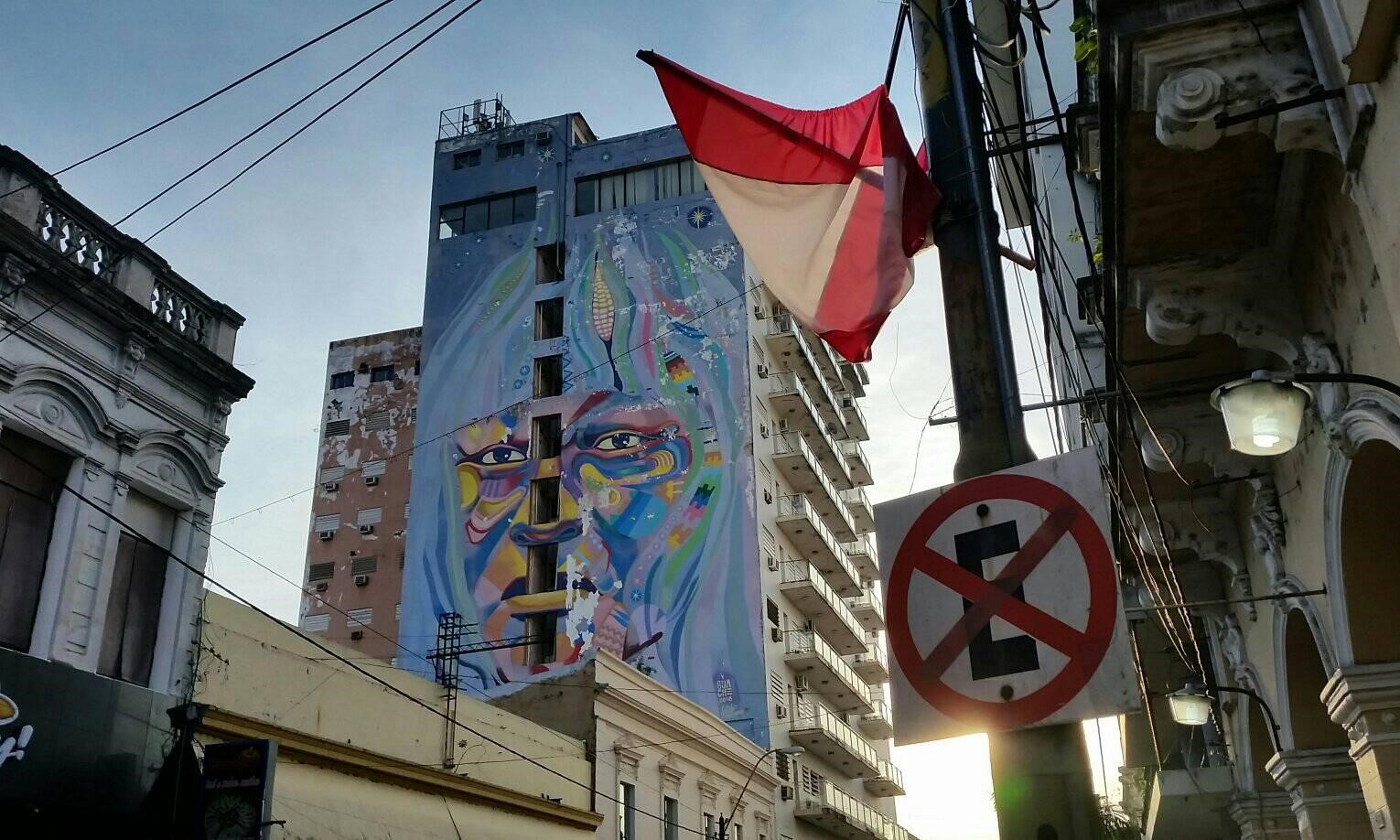
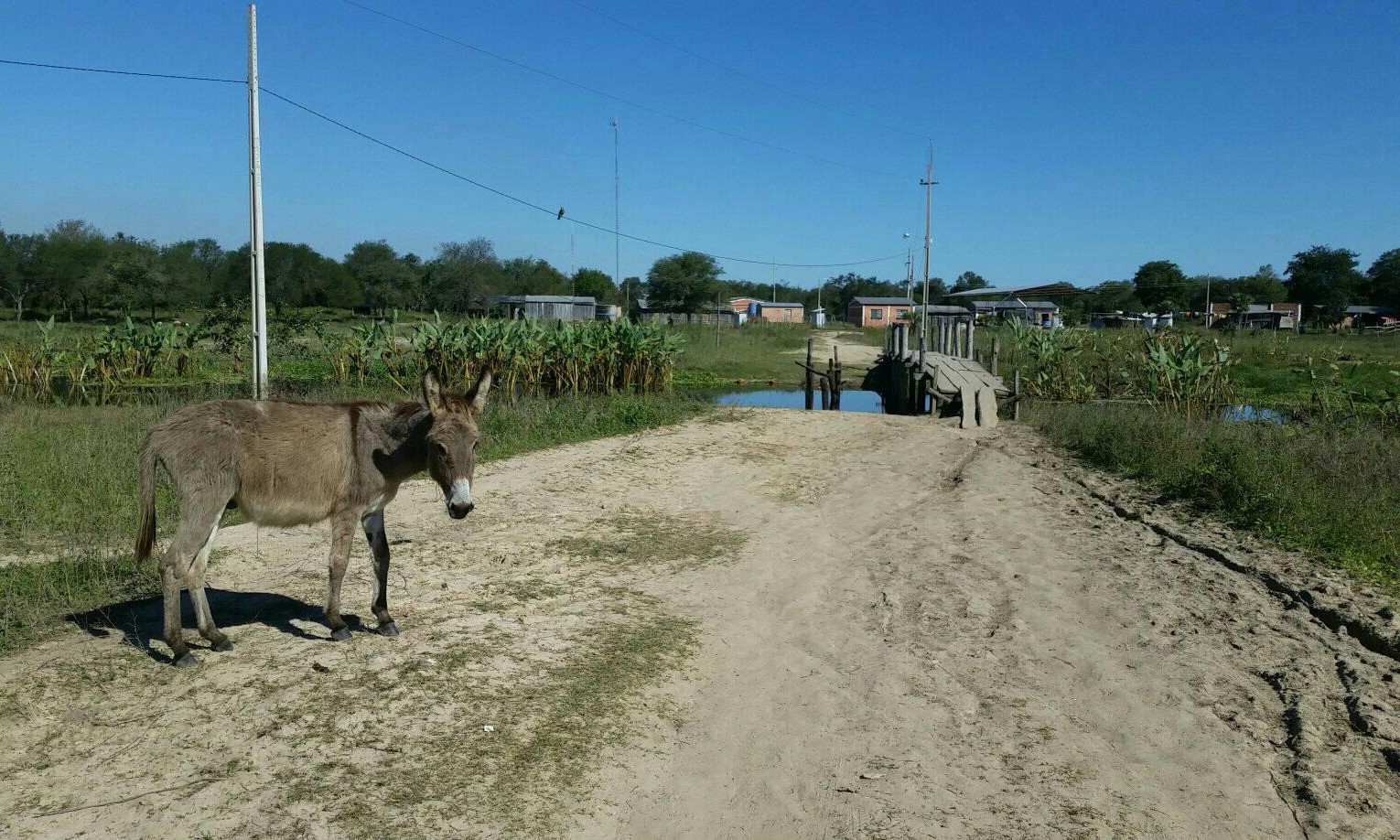
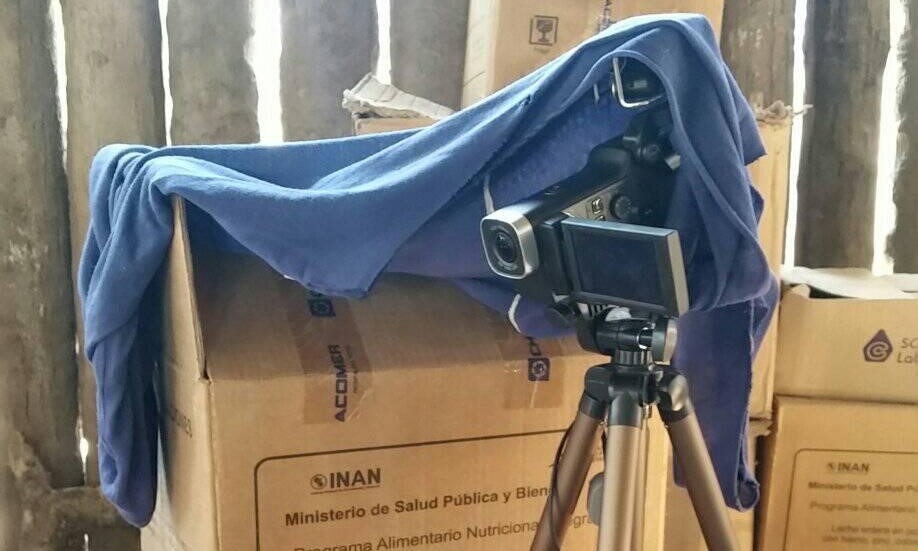

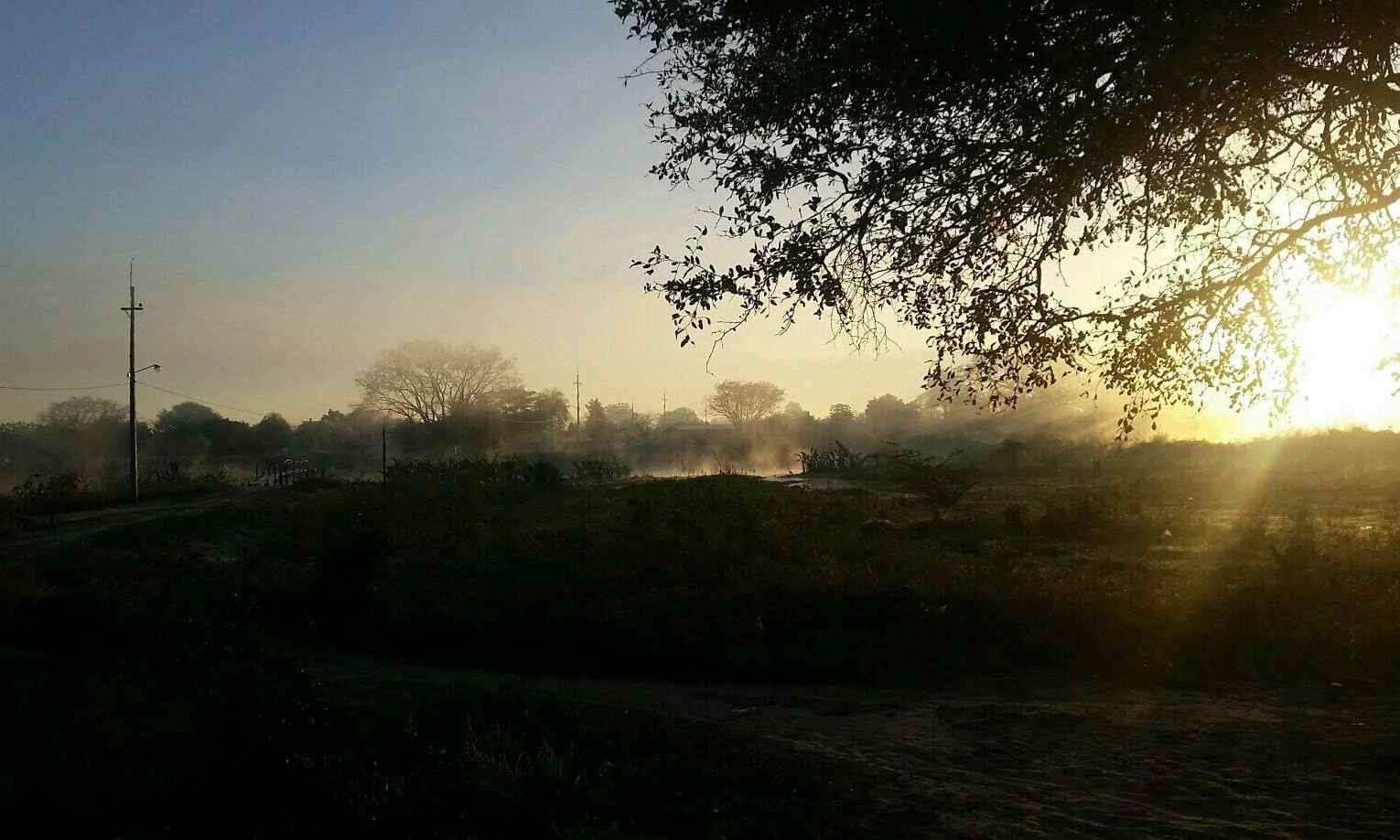
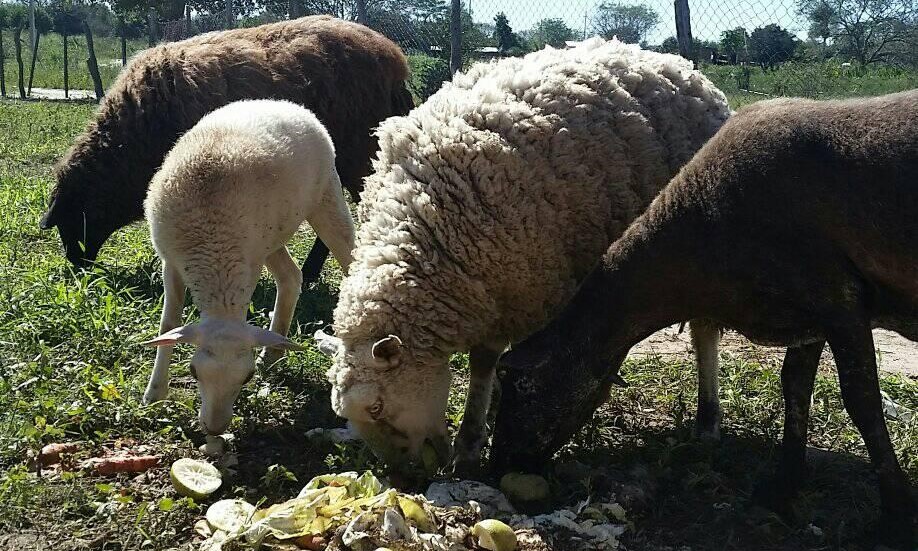
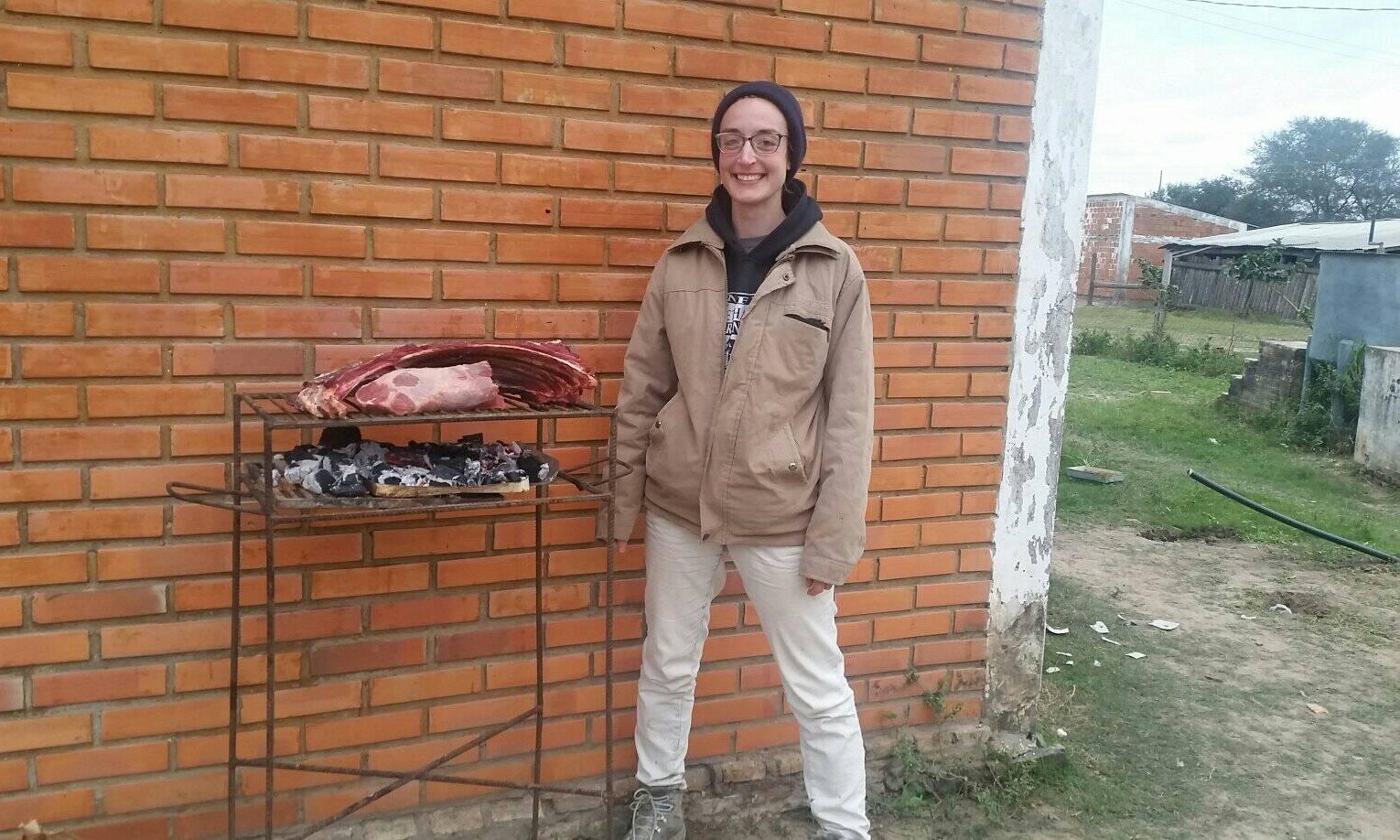

I used these materials to conduct a qualitative phonemic analysis of the consonant inventory of Angaité. Angaité utilizes contrastive consonants similar to its sister languages. It includes 14 phonemic consonants: /p t k q ʔ s ɬ h j w l m n ŋ/. The analysis also considers syllable structure, debating whether to treat postvocalic glides as part of the nucleus (resulting in diphthongs) or as codas (resulting in occasional complex codas). Ultimately, I decided based on cross-linguistic markedness and comparisons with descriptions of other Enlhet-Enenlhet languages to treat postvocalic glides as consonants. Angaité's maximal syllable is (C)V(C)(C), though CVCC syllables are extremely rare and are only attested in a few tokens in the elicited data. The majority of syllables are CVC or CV. Only very few syllables lack an onset, though voice quality variability complicates this picture. At the beginnings and ends of words, voice quality is frequently 'creaky'; it is unclear whether this creakiness is indicative of a phonemic glottal stop, or whether it is a word/phrase boundary effect. In the absence of evidence to the contrary, I treated this creak as a phonemic glottal stop, but further analysis of running speech, rather than words in isolation, is critical to fleshing out this argument. See here for quantitative information about voice quality in Enenlhet, one of Angaité's sister languages.
In addition to the FLAS provided through LLILAS Benson, this field pilot trip was supported by a Tinker Summer Research Grant as well as a Sherzer Fieldwork Grant.